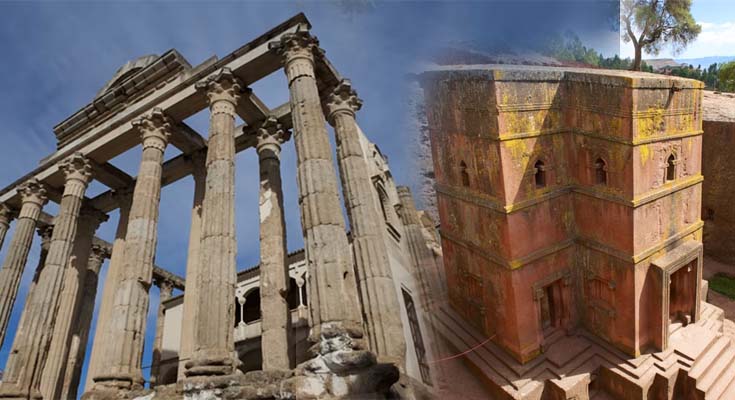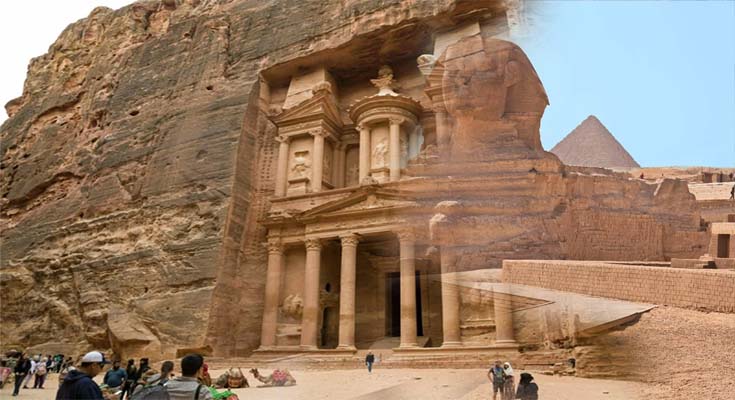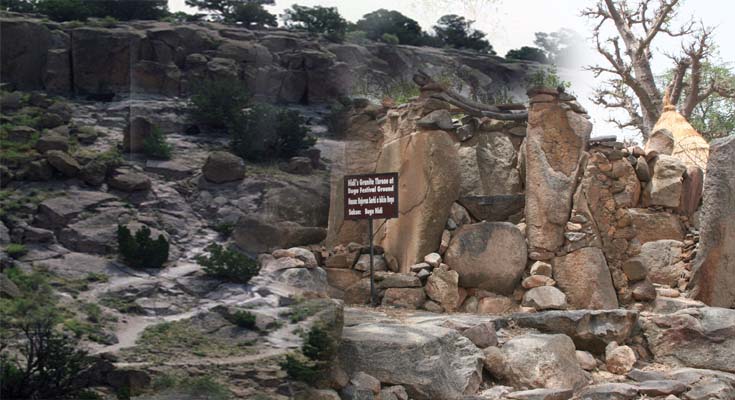
Echoes of Antiquity: Exploring the Legacy of Archaeological Sites
Archaeological sites are more than mere remnants of the past; they are echoes of antiquity, resonating with the stories of bygone civilizations and leaving a lasting impact on the present and future. These sites hold the key to understanding human history, culture, and achievements, as well as the challenges and triumphs that shaped the course of civilization. In this article, we embark on a journey of exploration, delving into the legacy of archaeological sites and their profound significance in connecting us to our ancient roots.
- Preserving Cultural Memory: Archaeological sites are living records of human memory, preserving the cultural heritage and achievements of past societies. From the majestic pyramids of Egypt to the mysterious megalithic structures of Stonehenge, these sites provide tangible links to the beliefs, customs, and creativity of our ancestors. By safeguarding these legacies, we ensure that the echoes of antiquity continue to resonate with generations to come.
- Reconstructing Lost Worlds: The remains unearthed at archaeological sites offer glimpses into lost worlds, enabling researchers to reconstruct the daily lives and customs of ancient civilizations. The discovery of well-preserved artifacts, dwellings, and even human remains provides a vivid picture of the challenges and triumphs of our ancestors. As





